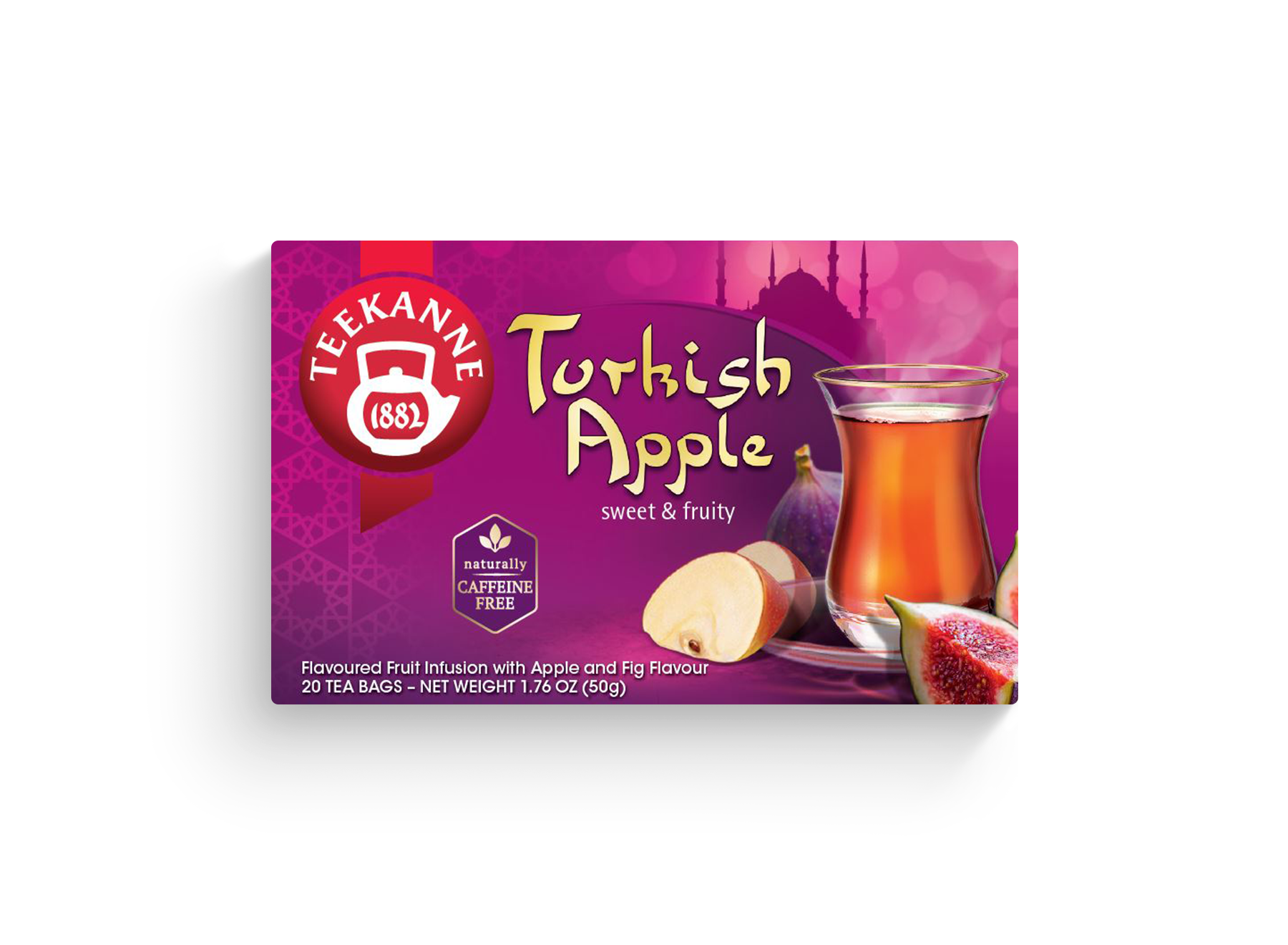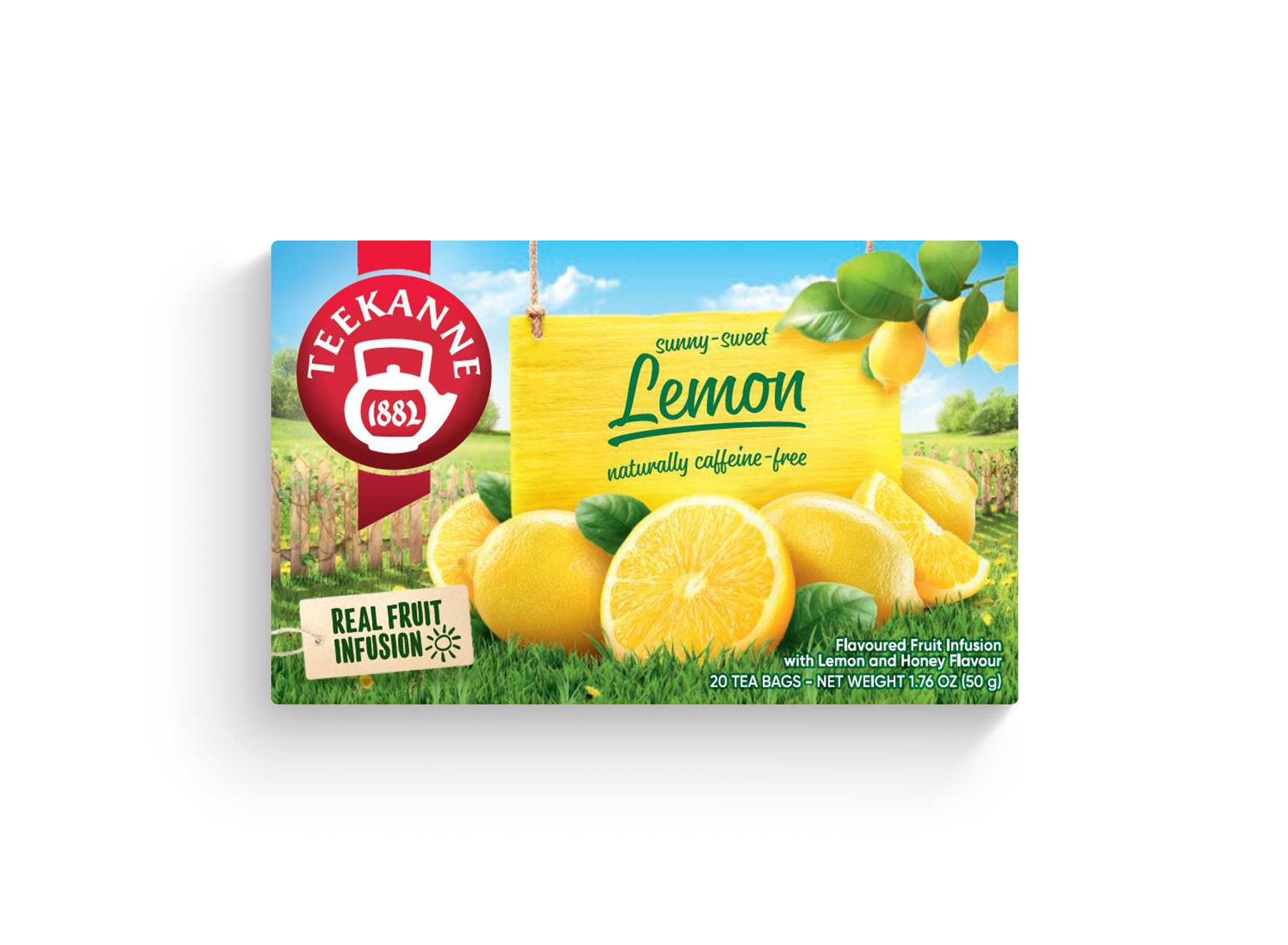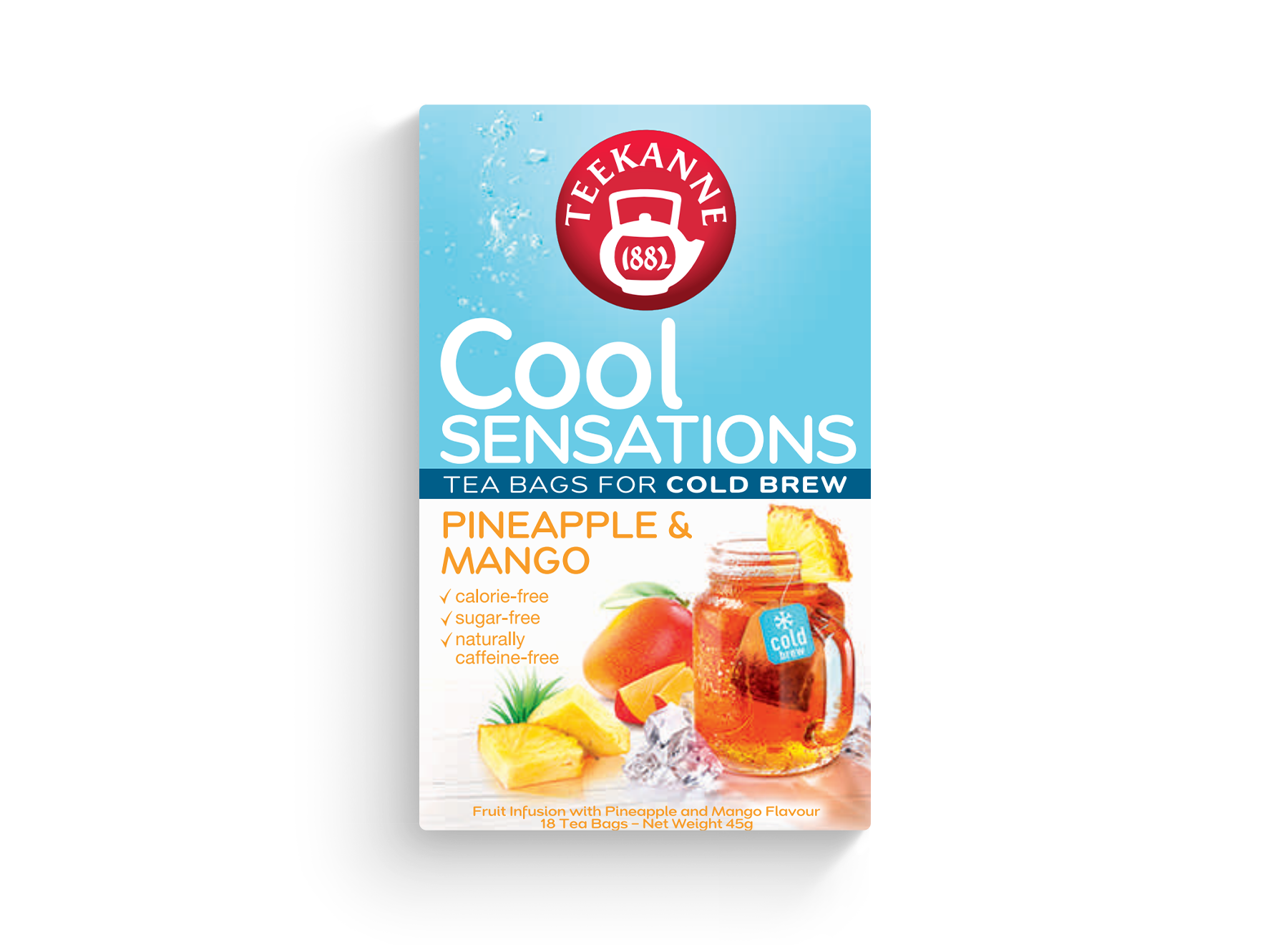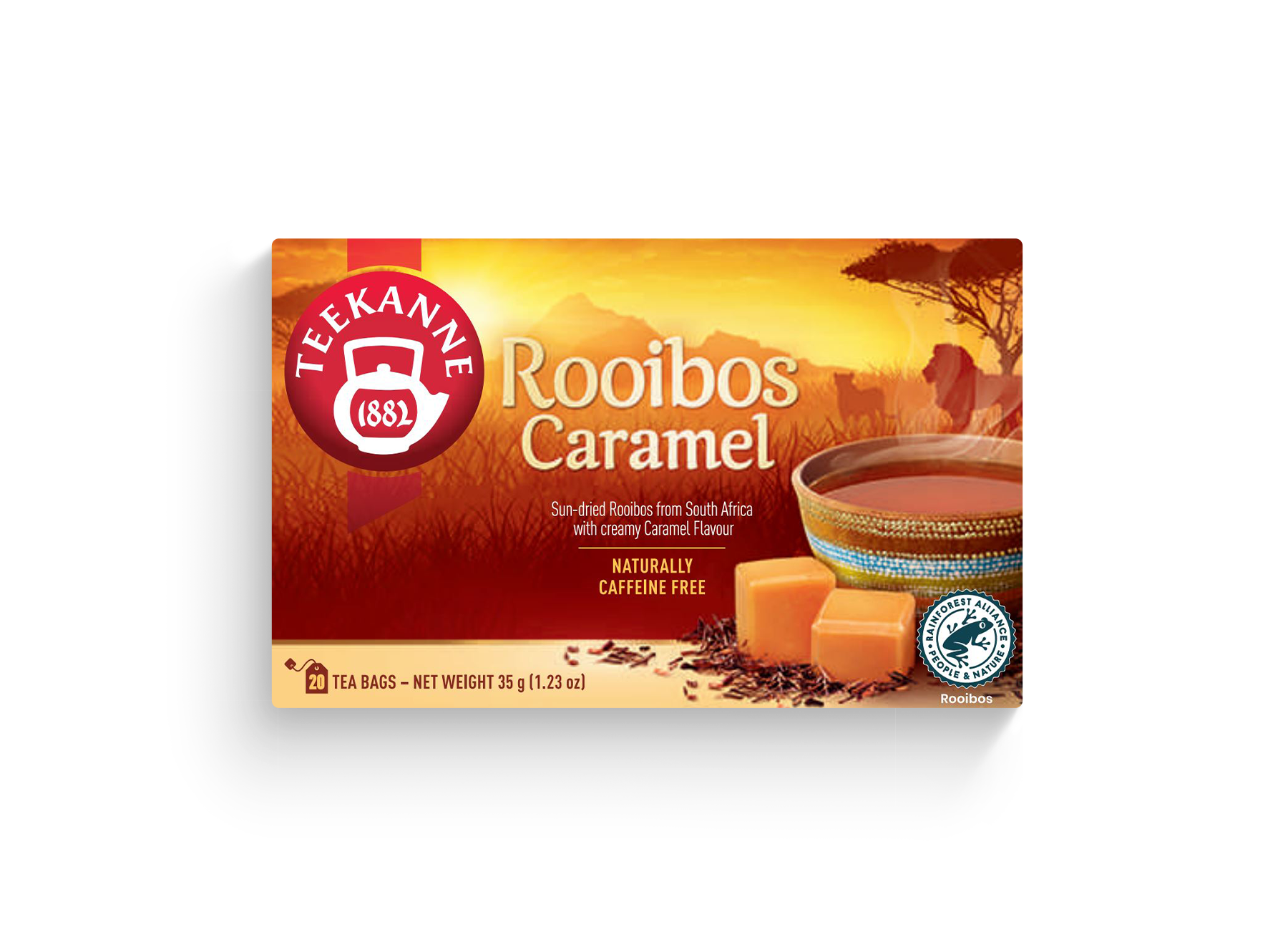Frequently Asked Questions
The film that settles on the rim of the cup when the tea cools and clouds the tea is called “tea cream” and is caused by the formation of complex compounds of caffeine, polyphenols, proteins, calcium and magnesium salts, the so-called hardness formers of water. Due to the influence of atmospheric oxygen, larger compounds accumulate which eventually can no longer be kept in solution and precipitate. The harder the water (i.e. the more calcium and magnesium salts it contains), the stronger the complex formation. By using water filters that soften the water, the formation of the brownish coating is reduced.
Another way to soften very hard water is to boil the water for 2-3 minutes longer. This makes the lime (calcium carbonate) dissolved in the water insoluble and deposits it at the bottom as so-called scale.
You can find out the water hardness in your region from your local water company.
There is no need to fear any adverse effects on taste or health.
Patina builds up in the teapot after prolonged use. The patina does not affect the taste of the tea and does not need to be removed. The teapot should only be rinsed with hot water before and after use. Dishwashing liquids should never be used in the teapot.
Tea should always be stored in well-sealed containers, cool and absolutely dry. Tea caddies made of metal (tinplate), brown glass or porcelain as well as coated, opaque tea bags are suitable for this purpose. Plastic containers are not so suitable. All containers should be used exclusively for tea so as not to impair the fine aroma of the tea.
A British tradition that is experiencing a renaissance today. High tea is afternoon tea and more – savoury sandwiches, petit fours, fruit tarts and of course tea. High tea is not only about drinking, but also about eating.
The herbs and other raw materials used for tea – e.g. camomile or peppermint – do not contain pyrrolizidine alkaloids (abbreviated PA).
PAs are natural plant constituents that occur in weeds and unintentionally end up in food. In addition to tea, they have also been found in honey, milk, eggs, cereals, vegetables and lettuce. PA-containing weeds are increasingly growing on public land and fallow land in the vicinity of the cultivation areas. Thus, the occurrence of PA can also be seen as a result of the deliberate reduction of weed control products. Due to the natural origin of PA, teas from organic as well as conventional cultivation can be equally affected.
After a new analysis method developed by the Federal Institute for Risk Assessment (BfR) made it possible to determine PA in teas for the first time in July 2013, minimising PA has top priority at TEEKANNE:
Since then, TEEKANNE has been using the BfR’s analysis method in its own laboratory for its tests.
TEEKANNE samples, raw materials and finished products from all over the world are thus continuously analysed for PA in order to exclude conspicuous batches.
TEEKANNE’s own cultivation and agricultural management and the purchasing department are in close contact with the growers in order to significantly reduce or eliminate the PA content directly in the source at harvest.
Thanks to these activities, the PA content in the herbal teas/teas has already been significantly reduced. TEEKANNE teas fall below the maximum levels recommended by the BfR even when consumed at very high levels.
All our herbal teas/teas are safe foods. In agreement with the BfR, we generally recommend paying attention to a varied diet and drinking a correspondingly varied diet.
TEEKANNE fruit teas often consist of a variety of different ingredients. Basic ingredients such as hibiscus, apples, rose hips and many more play a role. In addition, sweet blackberry leaves and / or sweet leaves are used to give the products a pleasant and natural sweetness and to support the respective taste (for example, the taste of wild berries). Since dried fruits unfortunately do not always give off enough flavour when brewed, we often achieve the flavour that gives the product its name (e.g. forest berry) mainly through flavourings. This is especially true in cases where the amounts of the eponymous fruit are small (sometimes less than 1%).








